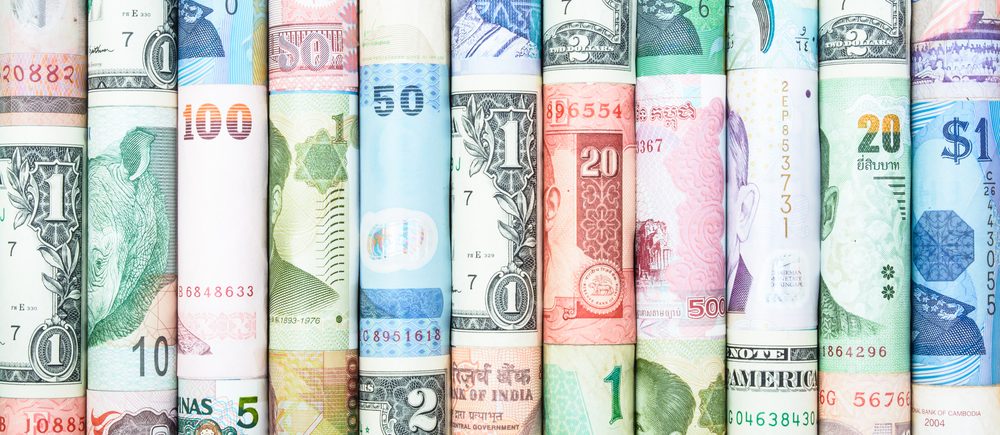The U.S. dollar found some support on Monday after it fell sharply on Friday following a disappointing U.S. jobs report and President Donald Trump’s dismissal of a top statistics official. The combination of these events prompted investors to ramp up expectations of imminent rate cuts by the Federal Reserve.
The jobs report released on Friday showed U.S. employment growth fell short of expectations for July, and revisions to the previous two months’ nonfarm payrolls data revealed a dramatic downward adjustment of 258,000 jobs. This suggested a significant deterioration in labor market conditions.
Mohamad Al-Saraf, an FX strategist at Danske Bank, noted, “The report itself was perhaps not that weak but the revisions were extremely significant. We have a hard time seeing how the Fed cannot lower rates at the September meeting.”
Adding to the turbulence, Trump fired Bureau of Labor Statistics Commissioner Erika McEntarfer on the same day, accusing her of falsifying jobs numbers. Furthermore, the resignation of Fed Governor Adriana Kugler opened the door for Trump to influence the central bank earlier than expected. Trump had previously been at odds with the Fed for not cutting interest rates sooner, further adding uncertainty to the dollar.
Dollar Recovers Slightly After Steep Fall
In the aftermath of these developments, the dollar suffered a more than 2% drop against the yen and about a 1.5% fall against the euro on Friday. However, by Monday, the greenback steadied, last trading flat at 147.47 yen, although still down over 3 yen from its peak on Friday.
The euro remained largely unchanged at $1.1584, while the British pound rose by 0.2%, trading at $1.3310. Trump indicated that he would announce a candidate to fill an open position at the Fed and a new Bureau of Labor Statistics head in the coming days, potentially providing some clarity.
Against a basket of major currencies, the dollar was largely stable at 98.70 after sliding over 1.3% on Friday. Despite Friday’s drop, the dollar gained 3.4% in July, marking its biggest monthly gain since April 2022, driven by improved market sentiment surrounding Trump’s trade policies and resilient economic data despite ongoing tariffs.
Treasury Yields Drop as Fed Cuts Expectations Rise
As market expectations of a Federal Reserve rate cut in September grew following the soft jobs report, U.S. Treasury yields dropped. The two-year Treasury yield fell to a three-month low of 3.659%, while the 10-year yield hovered near a one-month low of 4.2257%.
Markets are now pricing in over a 90% chance that the Fed will cut rates by 25 basis points next month, with a further 60 basis points of cuts expected by December. This implies two additional cuts of 23 basis points and a 40% chance of a third cut.
Tony Sycamore, a market analyst at IG, commented, “Market reactions to Friday night’s events were swift and decisive. Equities and the U.S. dollar tumbled, along with yields.”
Dollar Strengthens Against Swiss Franc
In other currency movements, the dollar rose by over 0.4% against the Swiss franc after Trump imposed some of the highest tariffs as part of the White House’s global trade reset. The euro, in contrast, gained 0.4% against the Swiss currency.
The combination of rising Fed rate cut expectations and the ongoing geopolitical and trade tensions continues to keep markets on edge as traders adjust their outlook on the U.S. economy and the dollar.
 Noor Trends News, Technical Analysis, Educational Tools and Recommendations
Noor Trends News, Technical Analysis, Educational Tools and Recommendations





